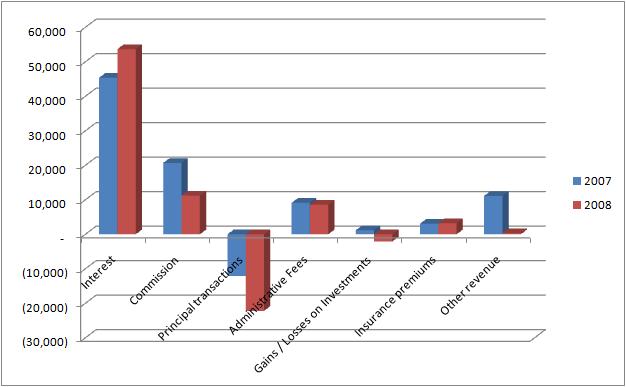When I started out investing I used to keep a check on daily stock market movements. At the end of each day – I listened to CNBC experts, and read newspapers to find out why the market moved the way it did?
It was great to know why the market moved in a certain way, and I felt like I was in complete control.
This typically went on for a few years (in which I lost money), and after which – I still kept track of the way the market moved, but ignored why it moved the way it did.
After listening to reasons for a few years – they started sounding more like “rationalizations”. Of course, the fact that I lost money in that time also helped.
Eventually I came across – Mr. Market – Ben Graham’s imaginary character. According to – Ben Graham – Mr. Market was my servant. He came to me every day, as a collective representative of the entire stock market, and offered to buy and sell stocks from me at a certain price.
It took a few months for me to digest this concept.
For years, I had been looking at Mr. Market, as someone who moved the market every day, and at the end of the day told me why he moved it that way. And what’s more – he was always right. I never knew I had the option of disagreeing with Mr. Market.
After this; my whole outlook on stocks changed. It was a gradual shift, not a sudden one, but it was a shift nonetheless. I started buying stocks that went down. Earlier, whenever I used to see stocks go down – I used to rationalize that downfall, and never bought those stocks. I always thought that the entire market must know more than me, and if they thought that the stock was not worth it – it surely wasn’t worth it.
But all that changed when I thought of Mr. Market as my servant. Now, at least for some stocks, I felt that Mr. Market was making a mistake in selling them so cheap, and he is wrong.
That was truly when – I started buying stocks – cheap.
After doing this for a few years – I internalized the concept to such an extent that at some occasions I used to think – Mr. Market has gone nuts. One such occasion was last Friday, when the unemployment figures that came out – were worse than expected, and the market went up substantially. It went up, because it thought that the numbers were so bad that they would help the stimulus bill to be passed. So Mr. Market thinks a worse economy is good if it can get the stimulus bill passed.
Mr. Market has gone nuts – but that’s just me.



